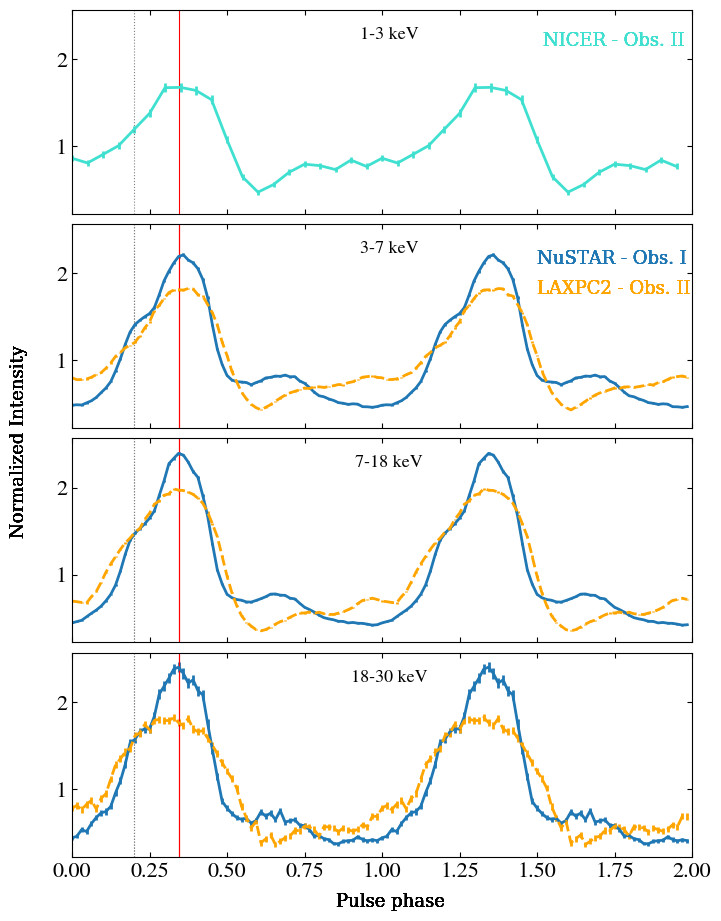NICER / ISS Science Nugget
for February 10, 2022
Accreting on the edge: Witnessing accretion regime transitions on a magnetized neutron star
The X-ray binary 2S 1553-542 consists of a neutron star and a high-mass companion star. It recently underwent one of its rare X-ray outbursts, produced by enhanced accretion of the companion's stellar wind onto the neutron star. NICER observed this outburst in coordination with India's AstroSAT observatory (as reported here on February 25, 2021), as well as NASA's Swift and NuSTAR observatories at different stages of the outburst.
Such observations enable comparison of the spectral and timing behavior of the neutron star at different luminosity levels, which track the rate at which matter is accreted. In rare cases, step-like changes to observable quantities are seen in such systems, suggesting transitions between different regimes for the physics of accretion. With the comprehensive observational campaign carried out by NICER and the other telescopes, a recent study by C. Malacaria & collaborators has shown, for the first time in this system, luminosity dependence of the energy of the cyclotron resonance spectral line, the only known measurable quantity directly linked to a neutron star's magnetic field strength. NICER provided pulse profiles from 2S 1553, the brightness variation at the neutron star's 9.3 sec rotation period. This proved to be essential for confirmation of the accretion regime transition, by comparing NICER's low-energy X-ray pulse profile with those acquired by the other telescopes at higher photon energies and higher source luminosity levels (see figure). Moreover, these new results suggest that the source distance is approximately 16 kiloparsecs (53,000 light-years).
2S 1553-542 now provides a key addition to the short list of X-ray pulsars whose accretion regime transition is supported by the luminosity dependence of the cyclotron line energy, the pulse profiles, and the pulsed fraction altogether. These results have been accepted for publication in the Astrophysical Journal.

Figure: Energy- and luminosity-resolved pulse profiles of 2S 1553-542 as observed during the outburst in 2021 with NICER (top panel), NuSTAR, and AstroSAT (remaining panels) in different photon energy bands. The vertical red line marks the main peak in the NuSTAR 7-18 keV pulse profile, with respect to which the other pulse profiles have been aligned. The grey dotted line at rotational phase ~0.2 marks the energy-dependent wing. Figure from Malacaria et al. 2022.
<< Previous
Main Index
Next >>